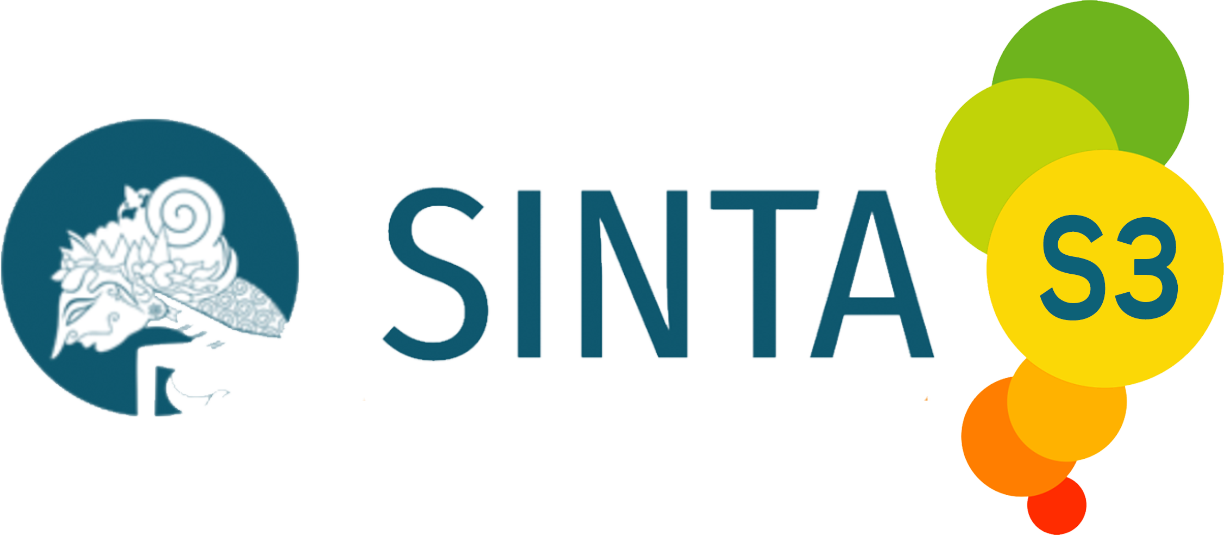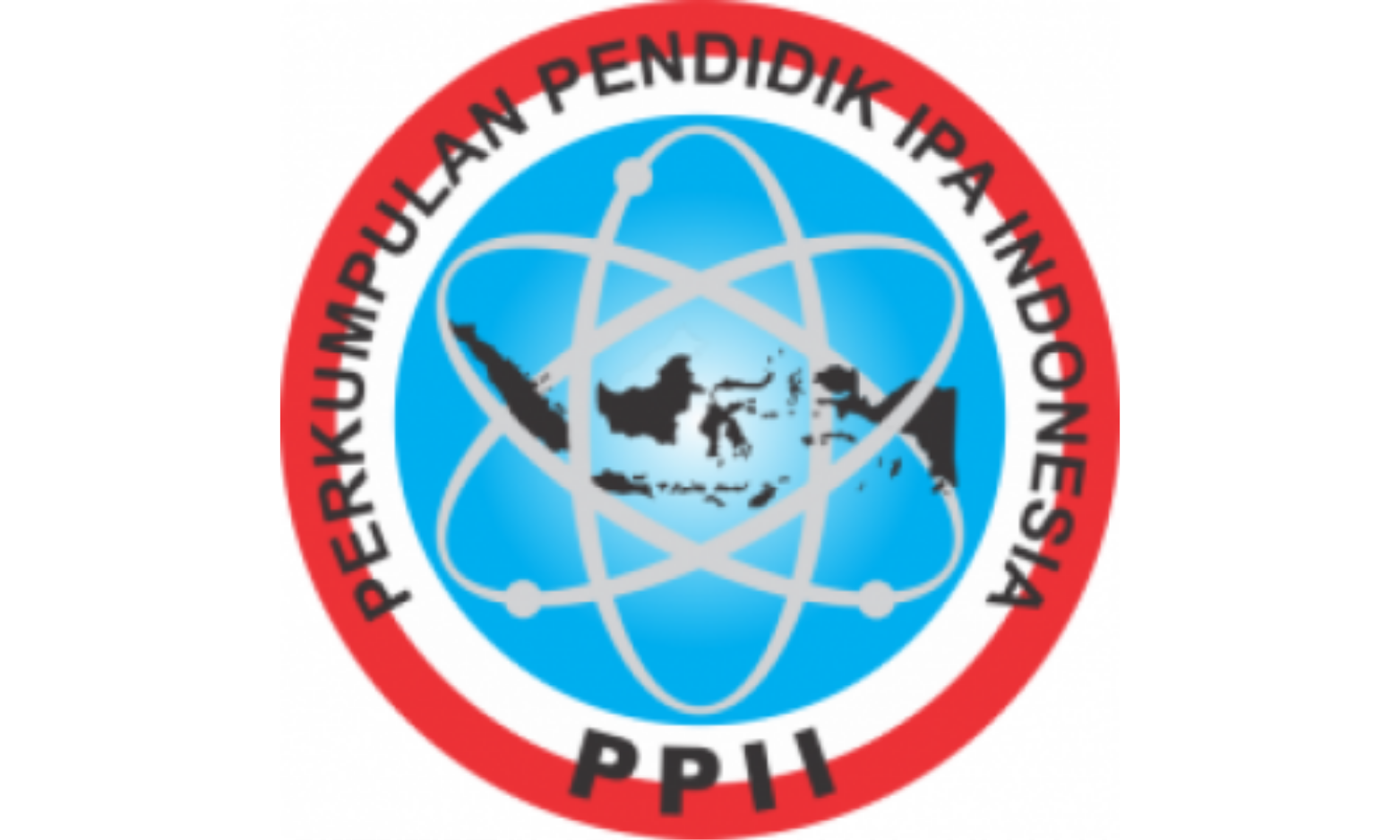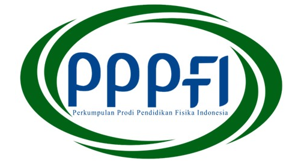THE RELATIONSHIP BETWEEN BIMODAL LEARNING STYLES AND STUDENT'S LEARNING OUTCOMES IN WORK AND ENERGY TOPICS
DOI:
https://doi.org/10.15575/jotalp.v7i2.18211Keywords:
Gaya Belajar, Hasil Belajar, Usaha dan EnergiAbstract
This study aims to obtain information about the relationship between bimodal learning styles and students' cognitive learning outcomes in work and energy. The bimodal learning style in this research focuses on the visual-auditory and visual-kinesthetic learning styles. The research method used is the correlational method. This research was conducted in one of the schools in Kuningan district, West Java, with a research sample of 65 students. Data were collected through questionnaires and instruments about business and energy materials. The results of the study found that there was no significant relationship between learning styles and learning outcomes. This can be seen from the calculation of the learning style correlation test with learning outcomes obtained p-value> 0.05. The implication of this research is to provide information about student learning style (V-A) and (V-K) profiles and student learning outcomes profiles, and the absence of a relationship between learning styles and student learning outcomes. This research also provides information to students about their learning styles and educators so that they can apply teaching styles and methods that can accommodate students' learning styles so that students can be more active in following the learning process.
References
Ahisya hesti, dkk. 2020. Gaya Belajar dengan Prestasi Belajar Mahasiswa Fakultas Kedokteran Umum Universitas Malahayati. Ilmiah Kesehatan Sandi Husada. 11, (1), 103- 108.
Anggrasari, Fifi. 2018. Hubungan Gaya Belajar dengan Hasil Belajar Fisika Peserta Didik Kelas X MIA di SMA N 2 Takalar. Jurnal Pendidikan Fisika, 6 (2)
Dryden, Gordon. dan Jeanette Vos. 2004. Revolusi Cara Belajar (The Learning Revolution) Bagian II: Sekolah Masa Depan. Bandung: Kaifa.
Fleming, N. 2011. VARK a Guide To Learning Styles. Dipetik april, 22, 2019 dari http://vark-learn.com/:http:// vark-learn.com/introduction-to-vark/research-statistics/
Fleming, Neil D. dan David Baume. 2012. Learning Style Again: VARKing up the right tree!. Educational Developments. SEDA Ltd. Issue 7.4. (4-7).
Indira, Ihfa N. 2022. Pengaruh gaya belajar fisika terhadap hasil belajar fisika siswa. Al-Irsyad Journal Of Physics Education. 1, (2), 17-25.
Jeanete Ophilia, Neleke Huliselan. 2016. Identifikasi Gaya Belajar Mahasiwa. Psikologi Undip. 15,(1), 56-63.
Kadir, Fitriani, Imam Permana dan Nurul Qalby. 2020. Pengaruh Gaya Belajar Siswa terhadap Hasil Belajar Fisika SMA PGRI Maros. Kars: Jurnal Pendidikan Fisika dan Terapannya. 3, (1), 1-5
Kurniati, Tuti. 2017. Pengaruh Pembelajaran Kooperatif Tipe Tgt Dan Gaya Belajar Model Vark Terhadap Hasil Belajar Kimia Sekolah Pada Mahasiswa Program Studi Pendidikan Kimia. Pendidikan Matematika dan IPA. 8, (2), 41-49.
Rusnayati Heni, fajar G, & Rusdiana D. 2016. Penerapan Model Pembelajaran Berbasis Proyek Untuk Meningkatkan Hasil Belajar Siswa Sekolah Menengah Pertama (Smp) Berdasarkan Gaya Belajar Vark (Visual). Prosiding Seminar Nasional Fisika (E- Journal) SNF2016. 5, 27-32.
Saputri,FajarIsnaeni.2017.Pengaruh Gaya Belajar Visual, Auditori, Dan Kinestetik Terhadap Prestasi Belajar Siswa. Skripsi. Fakultas Keguruan dan Ilmu Pendidikan Universitas Negeri Yogyakarta. Tidak diterbitkan.
Downloads
Published
Issue
Section
Citation Check
License
Journal of Teaching and Learning Physics is licensed under a Creative Commons Attribution-NonCommercial-NoDerivatives 4.0 International License








